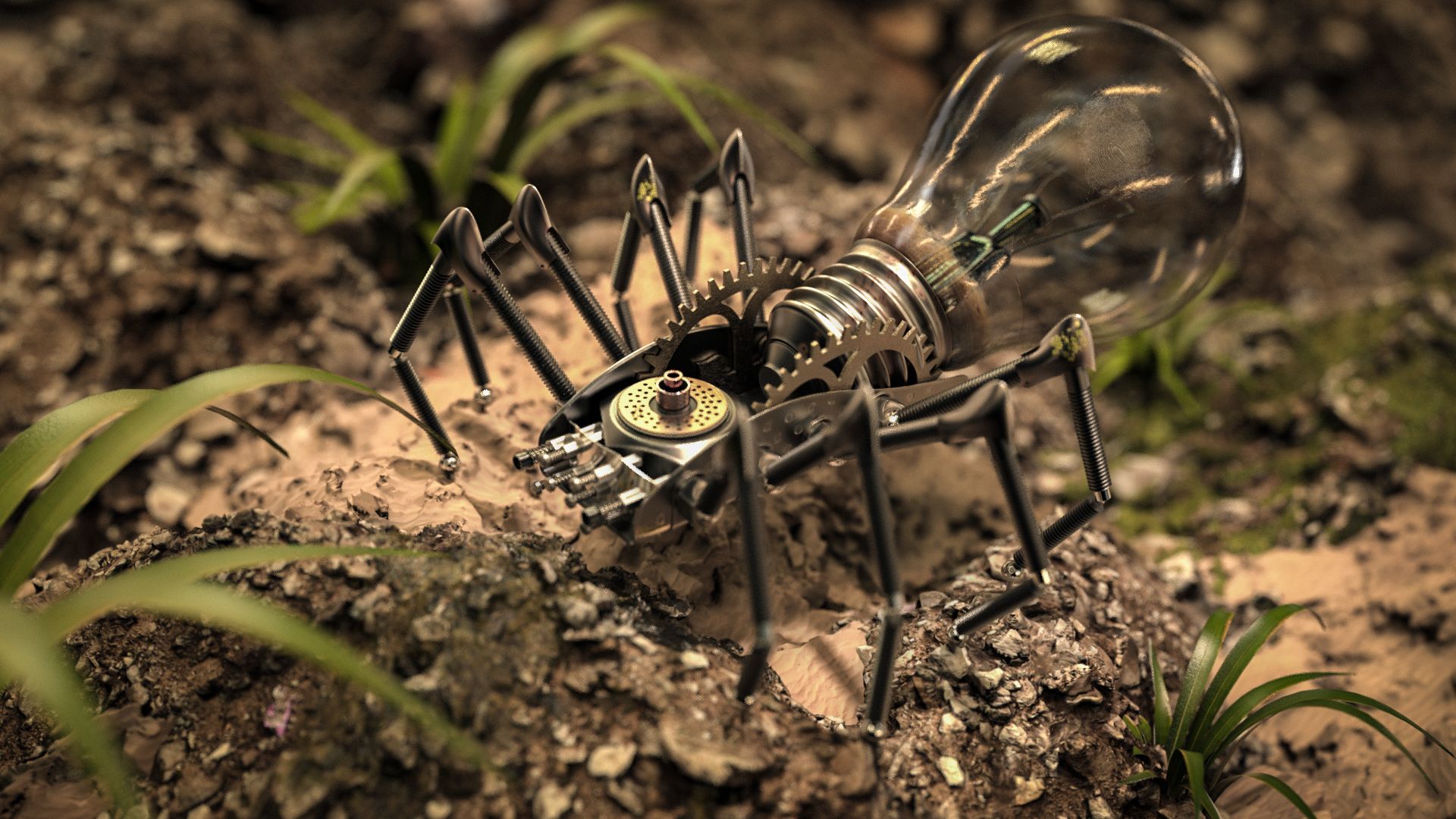

- #Keyshot materials in unity how to
- #Keyshot materials in unity full
- #Keyshot materials in unity software
- #Keyshot materials in unity free
It is conveniently free and you don’t need to put in any credit card information.
#Keyshot materials in unity how to
In this guide, I will be showing you how to easily get Vuforia setup in Unity. Another application that works in tandem with Vuforia Engine is Unity (a real-time development platform).
#Keyshot materials in unity software
See KeyShot.Vuforia Engine is a software development kit (SDK) for creating Augmented Reality apps.ĭevelopers can easily add advanced computer vision functionality to any application, allowing it to recognize images and objects, and interact with spaces in the real world.

We encourage KeyShot users to use version 10+ to export glTF. The 3ds Max Exporter, for example, is able to bake materials and upload to Sketchfab automatically. should have their lighting and textures baked for best results. Proprietary renderers/shaders like V-Ray, Mental Ray, Corona, Arnold, etc. Clamp: Texture pixels outside the range will be clamped to the border of the texture.Mirror: The texture is mirrored (1.2 → 0.8).Repeat: The texture is tiled (2.6 → 0.6).Mapping options can be changed with Wrap S and Wrap T: UV coordinate values can only range from (0, 0) to (1, 1), so there are several ways to wrap a surface with a texture. Texture UV coordinates (u, v) map to surface ST coordinates (s, t). UV Offset and Tiling are not currently supported. If you have more than one UV channel on a single material, you will see an additional interface option to switch between them. RGB: Red, Green, and Blue color channelsīy choosing the appropriate format, texture opacity can be encoded either as an alpha mask or by grayscale levels.Nearest: Legacy, use Nearest (mipmap) instead.ĭepending on the shader slot you're working with, you'll see different color encoding options under Format:.Bilinear: Can be useful for masking and hiding texture seams.Nearest (mipmap): Can be useful for block textures like Minecraft blocks and pixel art with very small textures.Trilinear: Usually the best choice, especially for large textures.There are four options for texture filtering. Avoid image file sizes bigger than 10MB.įor performance tips, see Viewer Performance.Avoid image sizes bigger than 8192×8192 pixels.

Name everything with ASCII / UTF-8 compliant characters.
#Keyshot materials in unity full
3D Settings always uses full resolution, uncompressed textures. Textures are re-processed each time you change Material settings, with a small delay. For performance reasons, non-"power of 2" textures will not be used the viewer uses to the closest, smaller version.


 0 kommentar(er)
0 kommentar(er)
